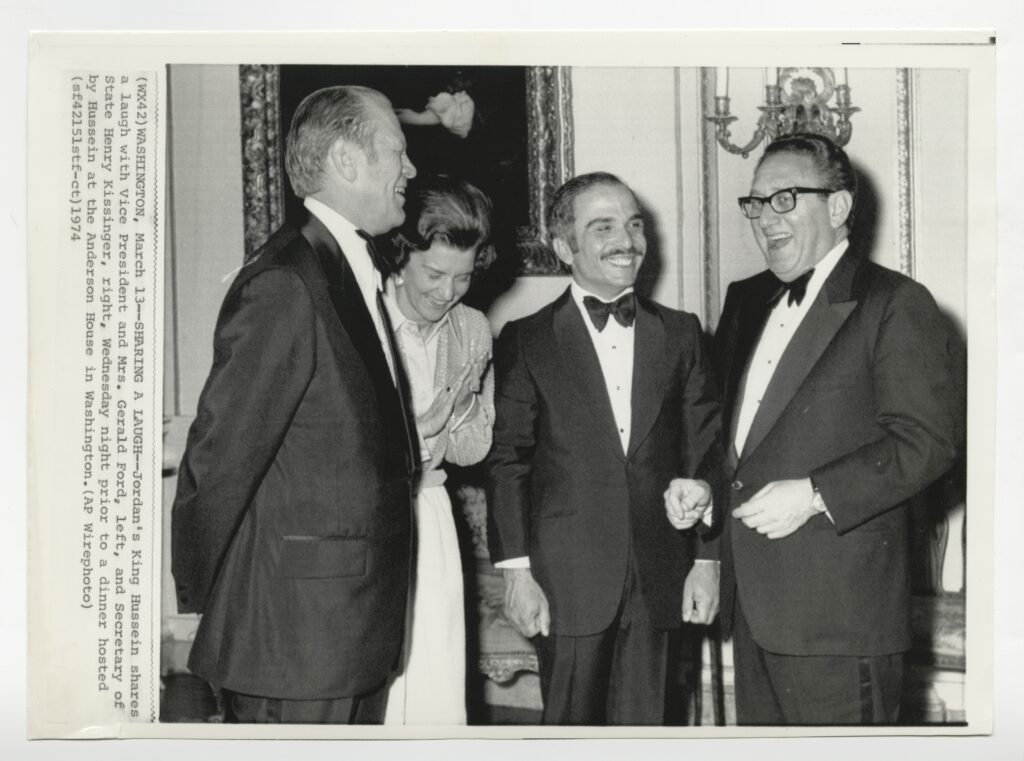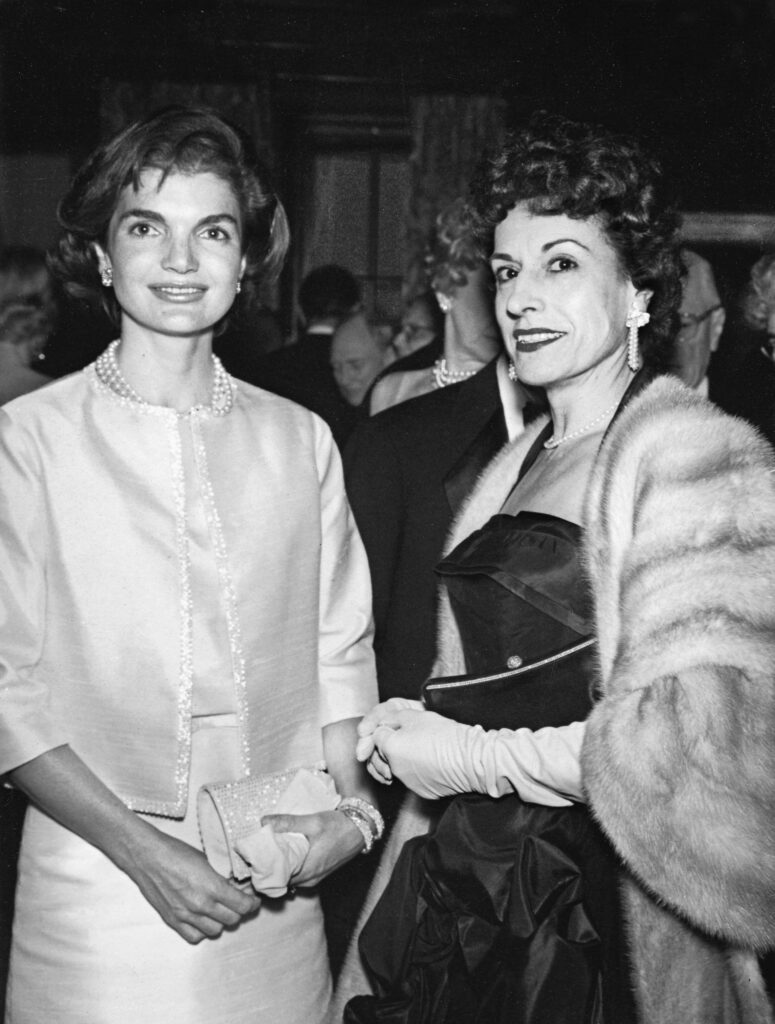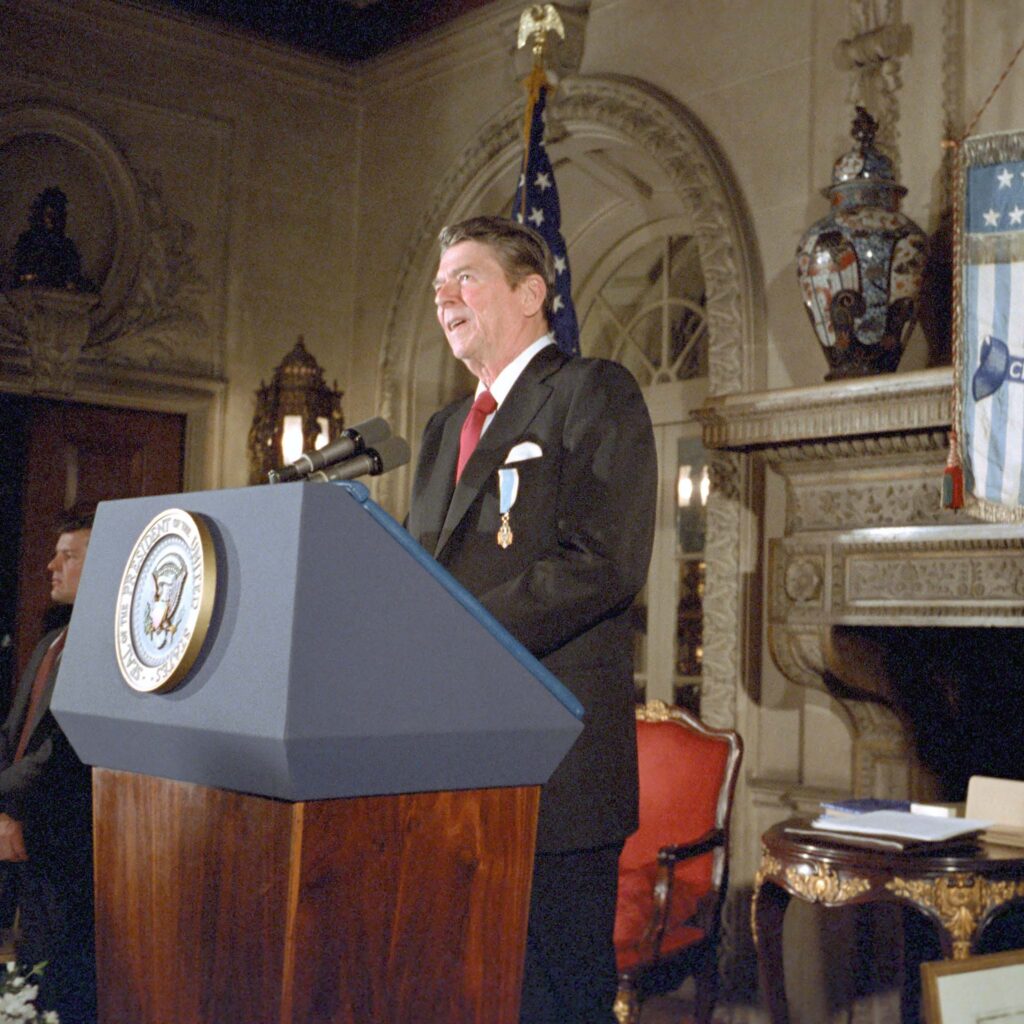Truman Library Teachers Conference
virtual
July 11, 2023
American has engaged in the delicate art of diplomacy for over two hundred and fifty years—from the work of “father of the foreign service” Benjamin Franklin in the 1760s, to the essential diplomatic business of today (conducted in the State Department building named in honor of President Harry S Truman). Explore the history of republican diplomacy in the United States and the role of the president, with a special nod to the diplomatic stage set by Anderson House—headquarters of the American Revolution Institute of the Society of the Cincinnati—during the Truman administration.
download pdf version of presentationLink to Affairs of State and the Art of Diplomacy Lesson Plan
Link to Affairs of State: 118 Years of Diplomacy and Entertaining at Anderson House Exhibition
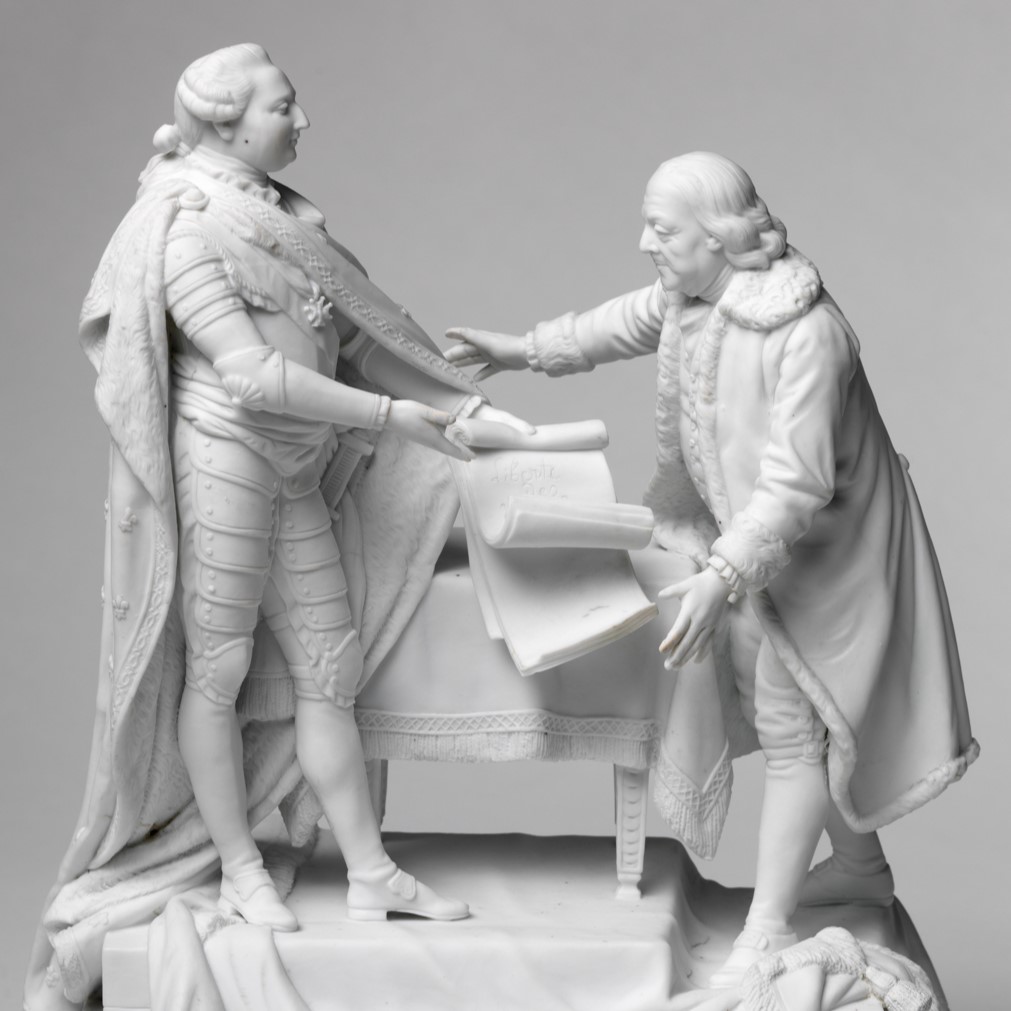
Bisque Figure Group of Louis XVI and Benjamin Franklin
Attributed to Charles-Gabriel Sauvage, Niderviller Factory
ca. 1780-1785The Diplomatic Reception Rooms, U.S. Department of State
Psychologically, financially, and militarily, the French alliance was of critical importance to the success of the American Revolution. In 1776 the Continental Congress sent a delegation of three representatives to Paris to secure official French support. Although Silas Deane (1737–1789) and Arthur Lee (1740–1792) were part of the delegation, Benjamin Franklin is the best remembered of the group. He was popular with the French because of his scientific achievements, plain and rustic demeanor, and unpretentious dignity. On February 6, 1778, two treaties between His Most Christian Majesty, the king of France and the fledgling United States were signed. The treaties recognized American independence and sovereignty, pledged mutual defense if Britain tried to interrupt commerce between the two nations, and guaranteed the French possessions in the West Indies. In this bisque group, the inscription “Liberté Des Mers” (freedom of the seas) on the scroll that Louis XVI presents to Franklin refers to these provisions.Although the treaties had been finalized in secret, their signing was known within a few weeks in French and American political circles. To recognize the new alliance formally, Louis XVI received the American commissioners at court in mid-March and there established full diplomatic relations. This figure group may represent the court reception rather than the actual signing in February, although in either case the occasion depicted was certainly auspicious. Symbolically, the power and majesty of France, embodied by the elegant figure of Louis XVI in courtly martial costume, are united with the American cause for independence, represented by Franklin, plainly clothed and gesturing humbly.
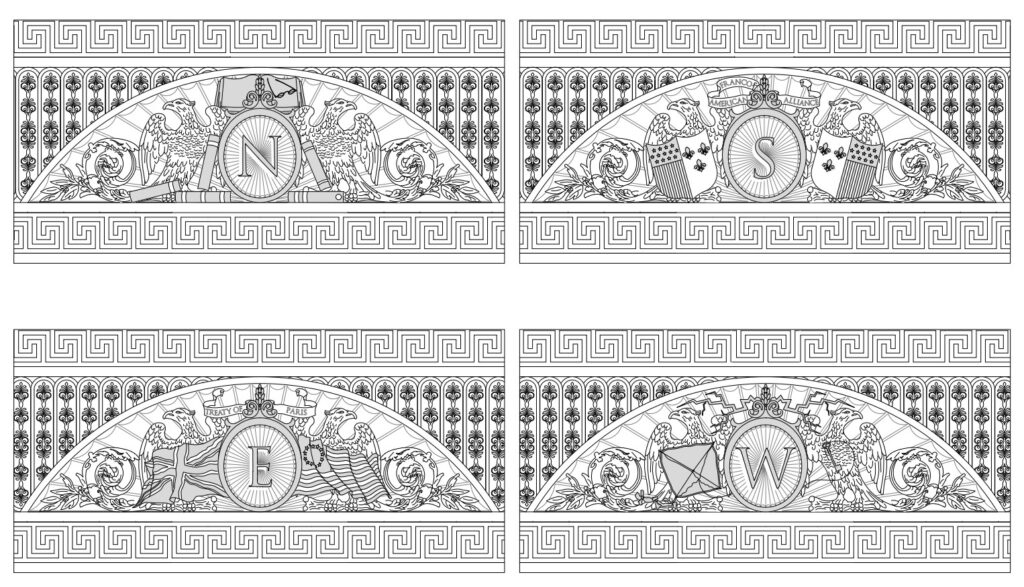
Design for Benjamin Franklin State Dining Room Rug
Thomas Pheasant, Interior Designer
March 1, 2023The Diplomatic Reception Rooms, U.S. Department of State
The rug's four decorative vignettes in each of the cardinal directions of the room celebrate the accomplishments of our nation's first diplomat and this room's namesake, Benjamin Franklin: North, Franklin's work as a printer and his focus on literacy; South, the establishment of the Franco-American alliance that resulted in our independence; West, his electrical experiments; East, the signing of the Treaty of Paris.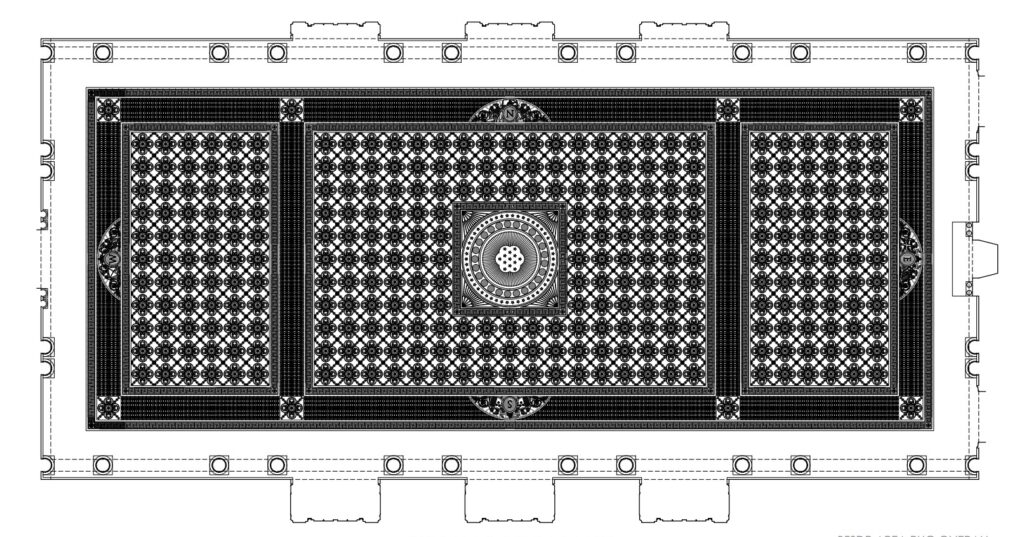
Design for Benjamin Franklin State Dining Room Rug
Thomas Pheasant, Interior Designer
March 1, 2023The Diplomatic Reception Rooms, U.S. Department of State
Reinforcing the theme of our sprawling nation, the rug will indicate each of the cardinal directions, accurately oriented on its four sides.